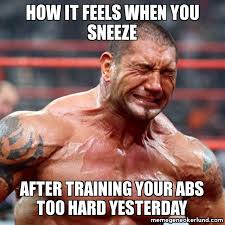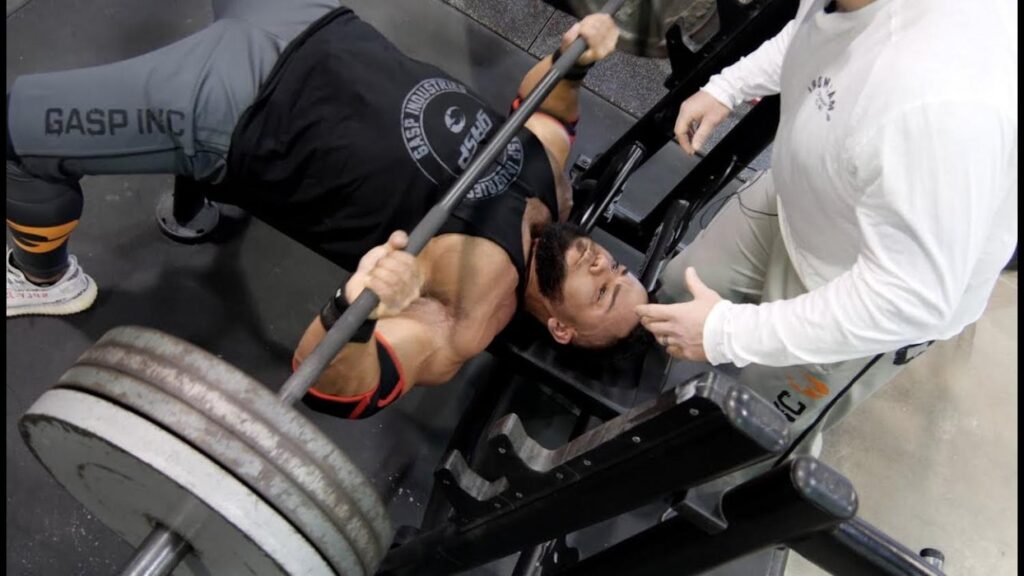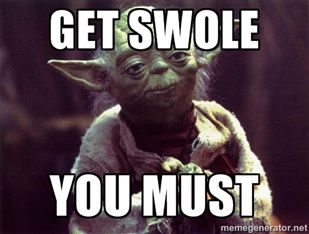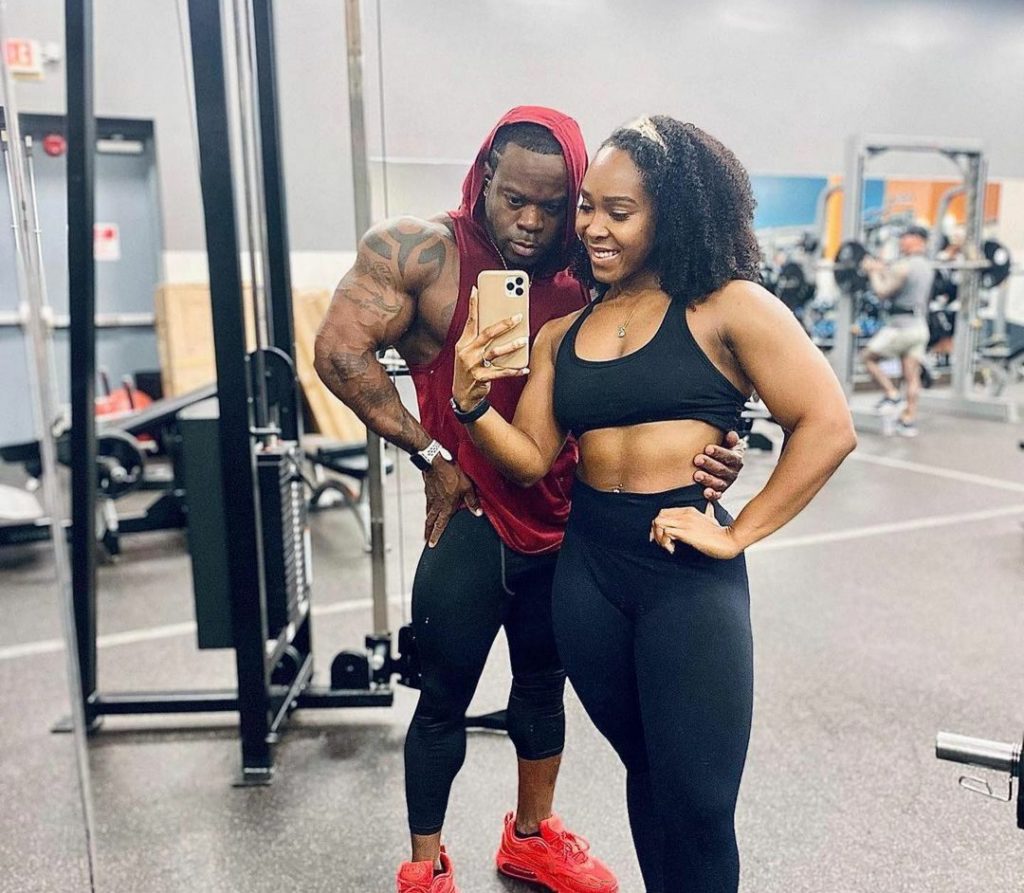
Impacts of Social Media on Bodybuilding/Gym Culture
This is all opinion…
How Social Media creates false expectations in bodybuilding
Since the birth of social media bodybuilding a whole has not been the same. The old school aesthetics in bodybuilder posters and magazine editorial shots have been replaced with photo shopped “mass monsters”. Competitors habitually post “progress pictures” to show off “their improvements”. Professionals are openly sharing their protocols for making fast gainz in size and strength.
It’s literally become a $#!T show!

Bodybuilding is an art, you lift weights to add mass and diet to chisel in the details. Bodybuilding has always been a slow process with the importance of executing a long term plan in order to progress. With the rise of social media, false expectations in both natural and enhanced bodybuilding, and the line of what is obtainable, has been extremely blurred.
One of the problems with bodybuilding (particularly in the professional division) and social media is the open expression of drug use in order to gain mass and/or strength fast.
In other words a lot of athletes are overdosing on drugs in order to speed up the process, as a consequence the side effects of the drugs become a lot more enhanced and visible. A few of these side effects include palumboism (accelerated hair loss) and an increased risk of heart attacks and kidney failures. Since COVID we have seen an alarming number of well known bodybuilding competitors and gym culture enthusiasts pass away.
All of these side effects become a bigger problem as the followers of these influencers begin to use and abuse these drugs in order to emulate the progress they see from those on various social media platforms. Social media has created a “perfect physique” craze among the gym culture through the promotion of using drugs. Unfortunately this level of physique features an extreme amount of mass that is rarely attainable for most who begin to use protocols, as they lack the genetics that these “perfect physiques” have. This leads to these individuals trying to compensate for their lack in genetics by pushing the protocols to the extreme; leading to enhanced side effects, with palumboism being the biggest problem. Palumboism is the gut(internal organs) expanding, resulting in a pregnant stomach look as a result of drug abuse. So if you see guys in the gym with insanely round traps, lean shoulders and arms, and stomach protrusion… you know why!
“Fake Natty’s”

Drugs give a bodybuilder a huge advantage in gaining muscle and losing fat. There was study done looking at the effects of steroids on lean muscle mass gain over a 10 week period. The 43 participants were aged between 19 and 43 and placed into 4 random groups, group 1 did not weight train and did not take drugs, group 2 did not do resistance training but took a small dose of drugs. Group 3 only did resistance training but did not take drugs, group 4 did resistance training and took a small dose of drugs. The results of the study showed that group 4 had the most lean muscle gain followed by group 2 who did not do resistance training but did take drugs, followed by group 3 which trained but did not take drugs and lastly group 1 obviously had no result. What was surprising was group 2 who did no training at all have significant better lean muscle gain over the 10 week period then the group who trained but did not take and drugs. With the group who took drugs and did not train gaining on average twice the amount of group 3 who trained but did not take drugs. In summary this study showed that drugs will make a big difference when it comes to bodybuilding.
This comes to the idea of athletes who are enhanced bodybuilders but claim to be a natural, or fake natty’s. Due to the huge advantage that enhanced bodybuilders have over natural lifters these fake natty’s set a false expectation of what is accomplished naturally. With social media usage increasing and reaching out to more people, it spreads a false image of naturally bodybuilding.
Extreme Exercises and Heavy Weights

Everyone wants to be incredible hulk! Guys proving they can bench, squat, or deadlift more than the average use to be solely based on who wins a powerlifting or weightlifting competition. These days, guys are posting clips and/or reels on the various social media platforms of themselves lifting astronomical poundage’s. This has also led to guys posting obnoxious exercises (lifting people, couches, exercise equipment, etc.) just to prove their strength.
Its getting out of hand!!
.. and social media acts like an amplifier in this case spreading these false expectations to thousands of individuals.
Viewers see this stuff and start setting unrealistic goals or even getting discourage from lifting in generally due to the large gap between them and their “role models”. These ridiculous antics are not only creating terrible habits of heavy weight and bad form, but also over training and an alarming number of unnecessary injuries; some of which cannot be reversed. Everyone can gain relative strength, but it takes time and the development of muscle fibers, as well as strong joints/ligaments to handle those increased loads. Do NOT hurt yourself trying to garner fame and attention online. It is not worth the risk!
Photoshop
With the increasing amount of technology users and the ever so improving software, photo-shop is becoming more accessible as the years roll on and becoming more easier to use. In the sport of bodybuilding and physique competition where everything is subjective to a visually representation, photoshop is used to enhance the physiques of many athletes in order to maintain, or even improve the overall appearance and increase the positive response they get from fans in their online presence. This has majorly contributed to the false expectation that social media has created in bodybuilding. Where a lot of unknown or not very developed physique athletes feeling the need to use photoshop to enhance there appearance in order to gain fame. In the process of using photoshop they set unrealistic physiques are not obtainable for must individuals, this discourages a lot of people from competing in bodybuilding and does not help the sport grow and expand.
Are there any pros?
Well so far there may seem to be an over welling number of negative impacts social media has had on bodybuilding, but don’t get me wrong there are a few pros to social media but there are simply more cons then pros of social media on bodybuilding and the gym culture as a whole. A few of the positive impacts social media has on bodybuilding is the instant connection fan’s have with their favorite bodybuilder, in a era before social media the only time you could connect with your favorite bodybuilder was by going to the show they were competing, in order to interact with them. With social media you can now view their latest post in an instant, instead of waiting for the weekly magazine with all the latest snapshots of the bodybuilder.
References
Jay. (2016). Steroids vs Natural: The Muscle Building Effects Of Steroid Use. Available: https://www.aworkoutroutine.com/steroids-vs-natural/. Last accessed 5/11/17.
PATRICK HUGUENIN. (2017). Dihydrotestosterone (DHT) Can Cause Baldness, But What Is It?. Available: https://www.menshealth.com/style/dihydrotestosterone-dht-balding-facts-men. Last accessed 6/11/17.
Shadow Pro. (2015). Steroids: What Pro Bodybuilders Are Really Using.Available: https://www.t-nation.com/pharma/steroids-what-pro-bodybuilders-are-really-using. Last accessed 6/11/17.
Shalender Bhasin. (1996). The Effects of Supraphysiologic Doses of Testosterone on Muscle Size and Strength in Normal Men. Available: http://www.nejm.org/doi/full/10.1056/NEJM199607043350101. Last accessed 8/11/17.






